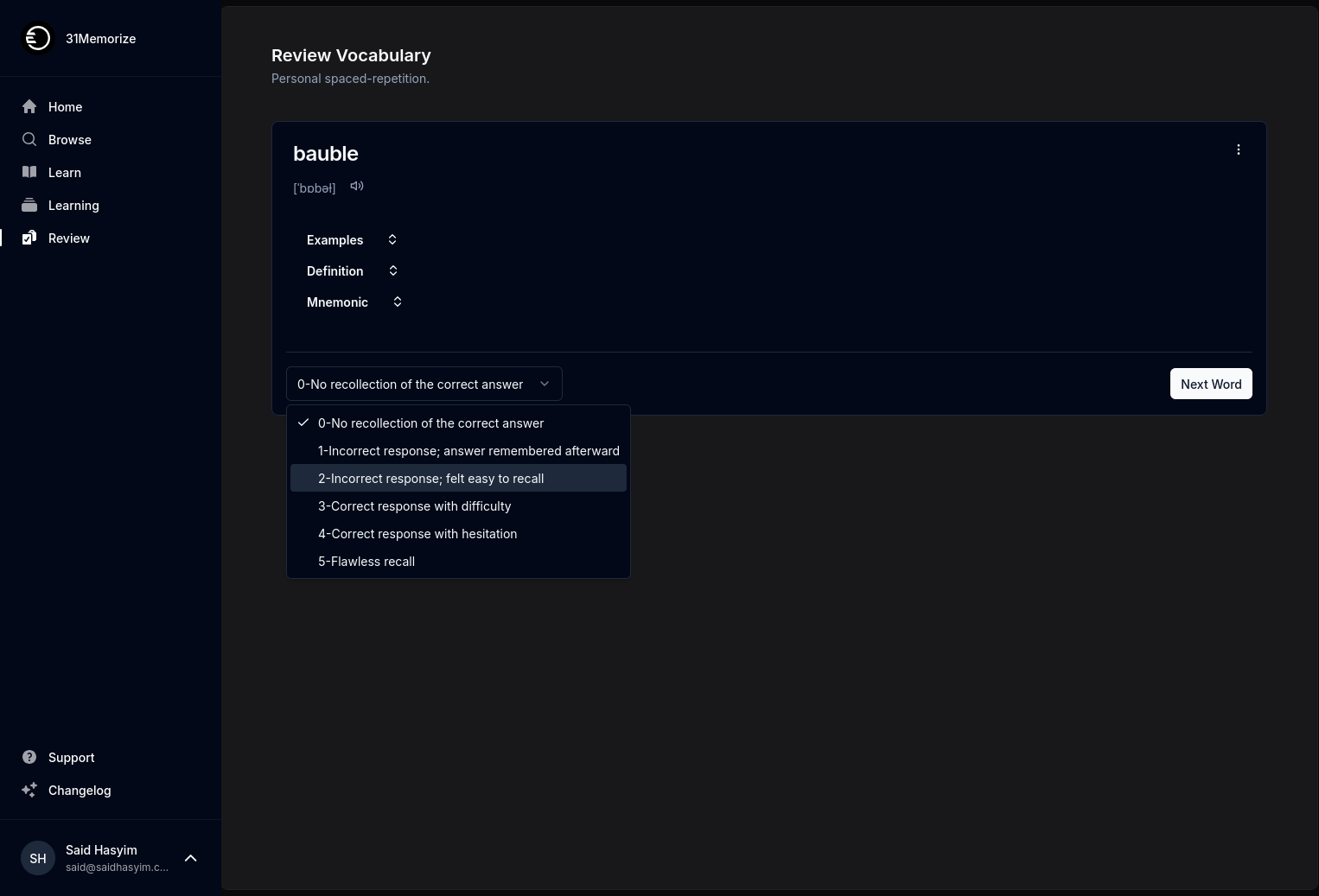Insights into Reader Psychology and Ratings
Understanding how readers interact with written content is a fascinating endeavor that reveals a lot about human psychology. From the moment we pick up an article, book, or blog post, a complex interplay of emotions, cognitive processes, and societal influences come into play. One of the most intriguing aspects of this interaction is how readers assign ratings to what they consume, reflecting not just personal opinions but broader psychological frameworks. In this blog post, we will delve into the intricacies of reader psychology and the factors that influence content ratings.
The Cognitive Framework of Reading
1. Information Processing
At its core, reading involves the comprehension and synthesis of information. Cognitive psychology posits that individuals have limited capacity to process information at once—a principle known as cognitive load. When readers engage with a text, they weigh the information presented against their existing knowledge and beliefs.
As they encounter new ideas, they may experience either assimilation (integrating the new into their existing framework) or accommodation (changing their framework to fit the new ideas). This process is crucial in determining how much they appreciate the content and, ultimately, how they rate it.
2. Emotional Engagement
Emotions heavily influence reading experiences. The mood a reader is in when they start reading a piece can shape their perception. For example, if someone is feeling positive, they may favor optimistic, uplifting content, leading to higher ratings. Conversely, a reader in a negative mood might engage more critically, potentially skewing their ratings lower.
The emotional response to content often comes from narrative elements, language, and even the visual layout. Studies have shown that emotionally charged language can significantly impact how engaged readers feel. Thus, the emotional engagement of the reader is paramount in shaping ratings.
The Role of Social Influence
3. Context and Setting
Reader psychology does not exist in a vacuum. The context in which content is consumed plays a significant role in how it is received. For instance, reading an article in a professional setting versus at home can lead to different interpretations based on environmental cues and associated behaviors.
Social influences, such as peer opinions and societal trends, can also guide reader perceptions. If a piece of content is highly rated by others, a reader may feel inclined to agree and rate it positively, even if their personal opinion might differ. This phenomenon, known as social conformity, demonstrates how ratings can reflect collective sentiment more than individual opinion.
4. The Bandwagon Effect
The bandwagon effect is a well-documented psychological phenomenon where people tend to adopt an opinion or behavior because others have. In the realm of reading, when a piece of content receives overwhelming positive feedback, new readers may feel pressured to align their ratings with the prevailing opinion, fearing that their dissenting voice will be marginalized.
This effect underscores the importance of audience perception, not just the content itself. The collective raters become influencers, contributing to a feedback loop where ratings can amplify content's visibility and perceived quality.
The Influence of Personal Bias
5. Prior Knowledge and Experience
Readers bring personal biases shaped by past experiences, education, and cultural background into their reading practices. Someone with extensive knowledge about a particular subject may rate content more stringently than a novice. This discrepancy is often due to differing expectations; experts may anticipate a deeper analysis, whereas beginners might be satisfied with a general overview.
This phenomenon also includes confirmation bias, where readers favor information that aligns with their preconceived notions. Ratings can skew higher for content that reaffirms beliefs and lower for content that challenges them, illuminating how prior knowledge influences reader psychology.
6. Genre and Format Preferences
Different genres and formats evoke varying expectations and standards. A reader who enjoys scientific articles may rate a casual blog post lower due to differing criteria for evaluating quality. Furthermore, after familiarizing themselves with a specific voice or style, readers tend to subjectively adjust their ratings based on how well they believe the writer adheres to those standards.
Personal preferences, therefore, establish a unique framework through which each piece of content is rated, reinforcing the subjective and multifaceted nature of reader evaluations.
The Neuropsychological Aspect
7. The Brain’s Reward System
From a neuropsychological perspective, the brain's reward system plays a significant role in how we interact with content. When readers find something enjoyable or enlightening, their brains release dopamine—a neurotransmitter associated with pleasure. This chemical reaction can influence how they perceive and ultimately rate the reading experience.
Engagement, cognitive dissonance, and satisfaction all contribute to the feeling of reward. Readers will often rate a piece higher if it activates curiosity or provides an “aha” moment, demonstrating how deeply ingrained psychological stimuli can dictate behavior.
8. The Importance of Design and Layout
The aesthetic appeal of a text, from its layout to its typography, can make a significant impression. Research has shown that visually appealing designs are often rated more highly purely based on their appearance, regardless of content quality. The psychology of aesthetics plays a vital role in shaping reader opinions and the overall reading experience.
Conclusion: The Complexity of Reader Ratings
The interplay between reader psychology and ratings is a complex yet captivating subject. Understanding how readers process information, engage emotionally, react to social influences, possess personal biases, and respond neuropsychologically allows us to create more engaging and meaningful content.
Ultimately, ratings serve as a snapshot of various cognitive, emotional, and social factors at play during the reading experience. As writers, marketers, and creators, recognizing these insights can help us craft content that resonates more deeply with our audiences and elicits the responses we hope for.
The next time you come across a reader rating—yours or someone else's—take a moment to ponder the rich tapestry of psychology that might lie beneath it. The art of reading is not merely transactional; it is an intricate narrative between mind, heart, and society.
Feel free to share your thoughts, experiences, or ratings strategies in the comments section below!
